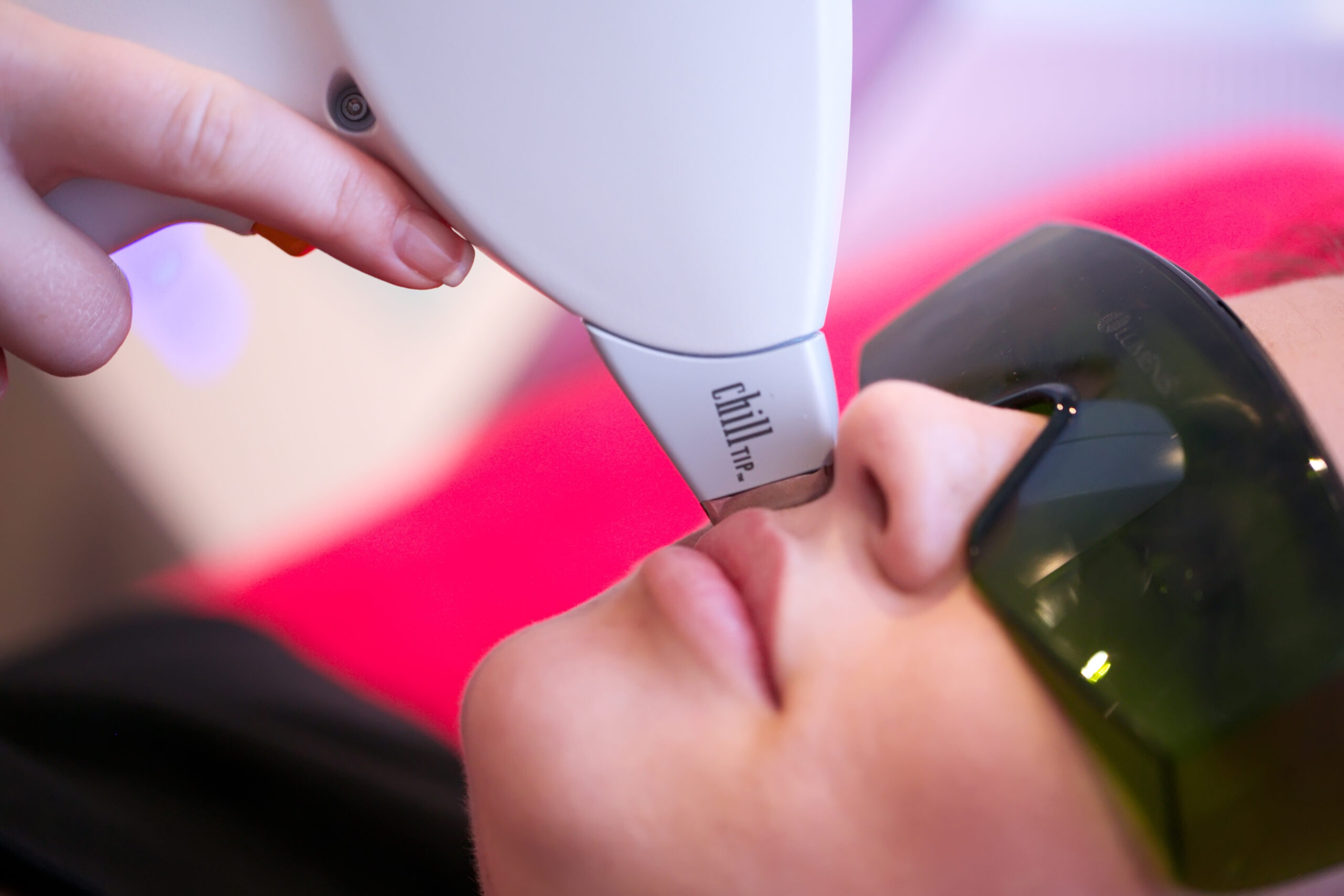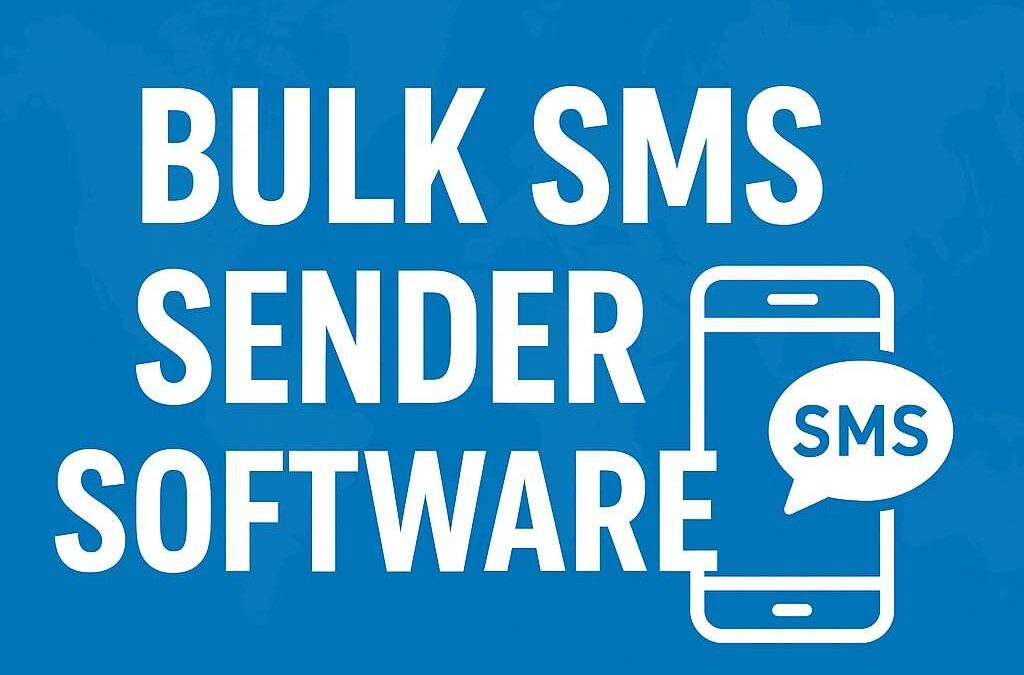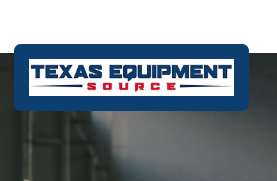As more people seek long-lasting solutions for unwanted body hair, laser hair removal in Riyadh (إزالة الشعر بالليزر في الرياض)has become a top choice for both men and women. The appeal is obvious—smooth, hair-free skin without the daily hassle of shaving or the discomfort of waxing. But one question often arises: is laser hair removal actually safe?
The short answer is yes—when performed by a trained professional using the right equipment. Still, understanding the potential risks, expected results, and recovery tips is key to making an informed decision. Let’s dive into what you should know before starting your sessions.
How Laser Hair Removal Works:
Laser hair removal targets hair follicles using pulses of concentrated light. The pigment in the hair absorbs the light, damaging the follicle enough to inhibit future growth.
What Makes It Safe:
-
Non-invasive with no surgical procedures involved
-
FDA-approved equipment used in licensed clinics
-
Minimal downtime with very low risk of complications
-
Highly customizable settings for different skin tones and hair types
The process is precise and controlled, targeting only hair without harming surrounding skin when done correctly.
Common Side Effects You Might Experience:
While the treatment is safe for most people, some mild side effects are perfectly normal and usually resolve within hours to a few days.
Typical Short-Term Reactions:
-
Redness or swelling: Common immediately after treatment
-
Sensitivity or a sunburn-like sensation: Can last 24–48 hours
-
Temporary pigmentation changes: Rare, but more likely with darker skin tones
-
Itchiness or dryness: A mild reaction that can be soothed with aloe vera or cooling gels
These are not causes for concern unless they persist or worsen, which should then be brought to your provider’s attention.
Who Should Avoid Laser Hair Removal:
Laser treatments are generally safe, but they’re not ideal for everyone. Knowing when to postpone or avoid treatment can protect you from unwanted reactions.
You Should Reconsider If:
-
You’re pregnant or breastfeeding
-
You’re taking medications that cause photosensitivity (e.g., certain antibiotics, acne meds)
-
You have an active skin infection, open wounds, or recent sunburns
-
You have a history of keloid scarring or uncontrolled skin conditions
Always disclose your medical history during the consultation to ensure personalized advice and safety.
How to Prepare for a Safe Session:
Proper preparation plays a major role in minimizing risks and maximizing results. Many side effects occur due to lack of preparation or aftercare.
Pre-Treatment Guidelines:
-
Avoid tanning and sun exposure for at least two weeks
-
Shave the area 24 hours before your appointment (don’t wax or pluck)
-
Avoid skin products like retinoids or exfoliants 2–3 days before the session
-
Inform your technician about any changes in medication or health
Following these steps helps your skin respond better and reduces the chance of irritation or burns.
What to Expect During the Procedure:
The laser session itself is typically fast and relatively comfortable, depending on the area being treated and your individual tolerance.
Inside a Typical Appointment:
-
Protective eyewear is provided
-
A cooling gel or device is applied to protect the skin
-
The laser emits short pulses of light across the treatment area
-
Most sessions take 15–60 minutes, depending on the size of the area
-
Post-treatment care is immediately recommended
Clients often describe the sensation as a light snapping or mild warmth—manageable and far less painful than waxing.
Post-Treatment Care and Recovery Tips:
Proper aftercare helps your skin heal quickly and ensures optimal results. While there’s no real downtime, your skin will be temporarily sensitive.
Aftercare Tips for Safe Recovery:
-
Avoid sun exposure and wear SPF 30+ on treated areas
-
Skip saunas, hot baths, or intense exercise for 24–48 hours
-
Apply soothing gels like aloe vera or a mild moisturizer
-
Don’t pick or scratch any scabs or dryness
-
Stay away from harsh skincare products for a few days
Results typically begin to show after a few sessions, with hair becoming finer and sparser each time.
How Safe Is It for Different Skin Tones:
One of the biggest advancements in laser technology is its improved safety across all skin tones. Earlier devices often caused pigmentation issues in darker skin, but newer lasers are far more inclusive.
Best Practices for All Skin Types:
-
Nd:YAG lasers are highly effective and safe for darker skin tones
-
Diode and Alexandrite lasers work well for lighter to medium skin
-
Always choose clinics that tailor treatments based on your unique skin tone
In Riyadh, top clinics now offer advanced machines that can safely treat a broad spectrum of complexions.
Choosing a Safe Provider in Riyadh:
Finding the right clinic is one of the most important factors for a safe and successful experience. Not all providers are equal.
What to Look For:
-
Certified and experienced technicians or dermatologists
-
Use of FDA-approved equipment
-
Positive reviews and client testimonials
-
Transparent consultation process and customized treatment plans
-
Clean, professional, and licensed facilities
Reputable providers offering laser hair removal in Riyadh ensure both safety and satisfaction through experience and proper care standards.
Final Thoughts:
Laser hair removal is a highly effective and safe method for reducing unwanted hair—when done right. Understanding the process, preparing properly, and choosing a qualified clinic are all essential to avoid risks and enjoy smoother, hair-free skin.
With technology evolving and expert clinics available throughout Riyadh, now is a great time to explore the long-term benefits of this treatment. If you’re ready to take the next step, ensure you consult with a trusted provider who prioritizes both your comfort and safety.







0 Comments